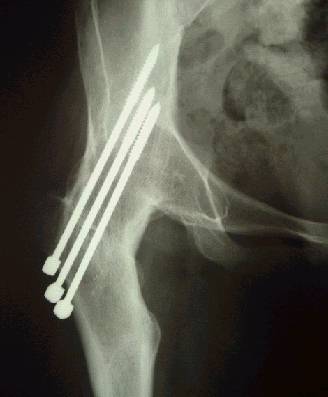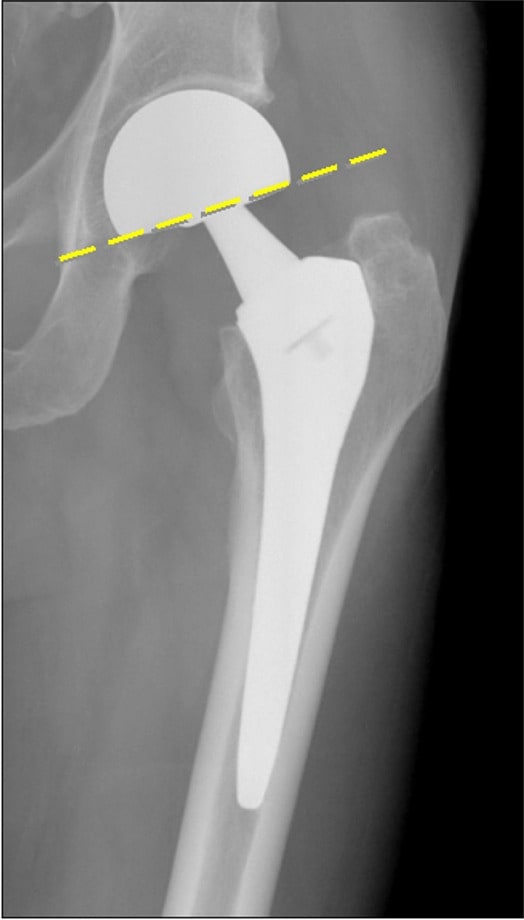Alternatives of Surgical Treatment
- Hip fusion (arthrodesis) was frequently performed before the era of hip replacement. The hip ball is fused to the pelvis. This is a single-operation, permanent-cure for the painful hip. Lost hip motion is made up by extra movement of the knees and spine. You must have a normal spine, normal knees, and a normal opposite hip for arthrodesis to be even considered. Few people today will accept the inconvenience of a stiff hip joint. It is usually only offered to very young people whose work involves heavy manual labor.

- An osteotomy of the thigh bone may be an alternative for very young patients. The femur is cut and re-aligned to change the direction of forces across the arthritic hip. It takes three months for the cut bone to heal and the results are unpredictable and almost never permanent. The procedure is much more popular in Europe than in America.

- Femoral Hemiarthroplasty (“half a hip replacement”) is sometimes offered to younger patients, when the hip ball is damaged, but the socket cartilage is normal, such as in patients who have osteonecrosis (see Introduction to Hip Disease). The socket is not replaced. The femur component is similar to that of a total hip replacement, but it has a large ball, sized to fill the socket. The metal ball moves directly against the socket cartilage, which can wear out and become painful, requiring a second operation to install an artificial socket. In general, Dr. Huddleston does not recommend hemi-arthroplasty for hip disorders, other than for hip fractures in the elderly. These are usually displaced fractures of the neck of the femur (see figure below). The implant is almost always cemented for hip fractures, except in patients under 65 or so, depending again on bone quality.



No comments:
Post a Comment